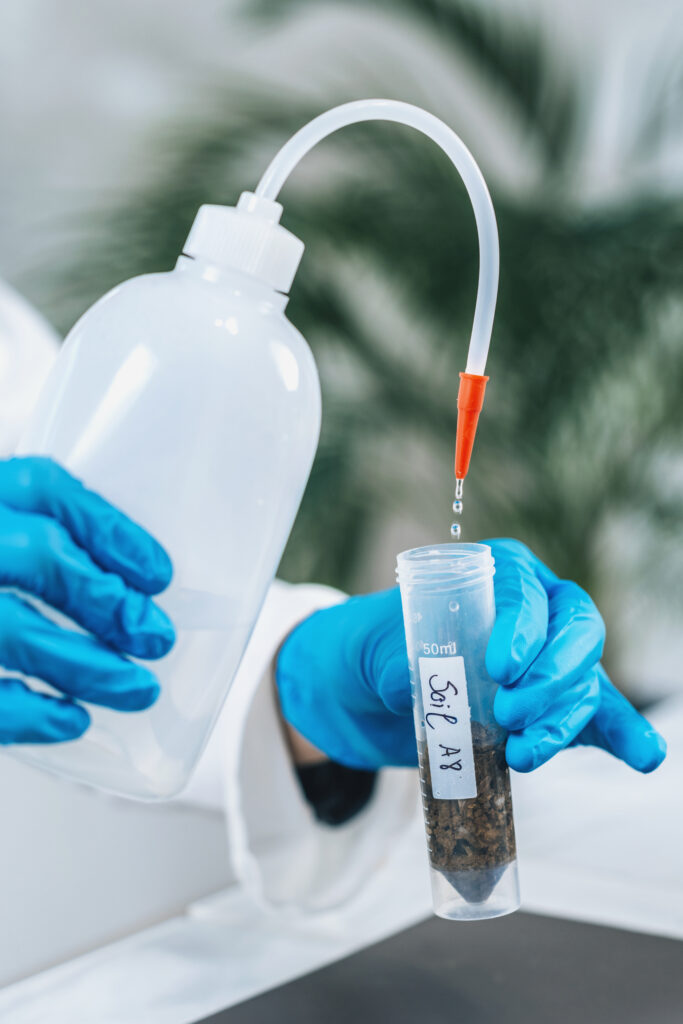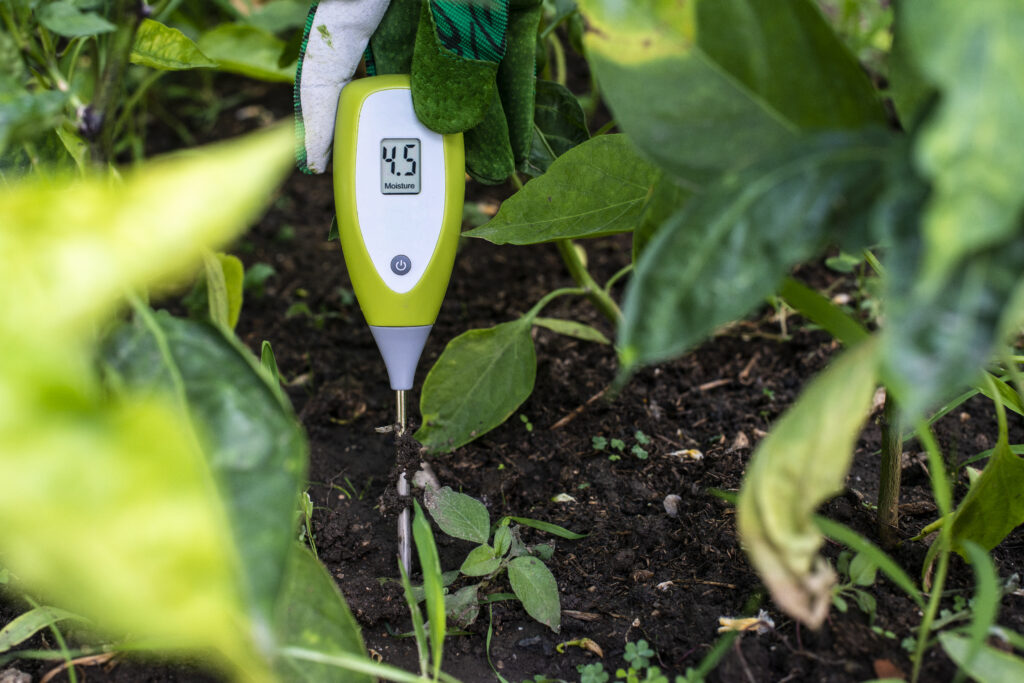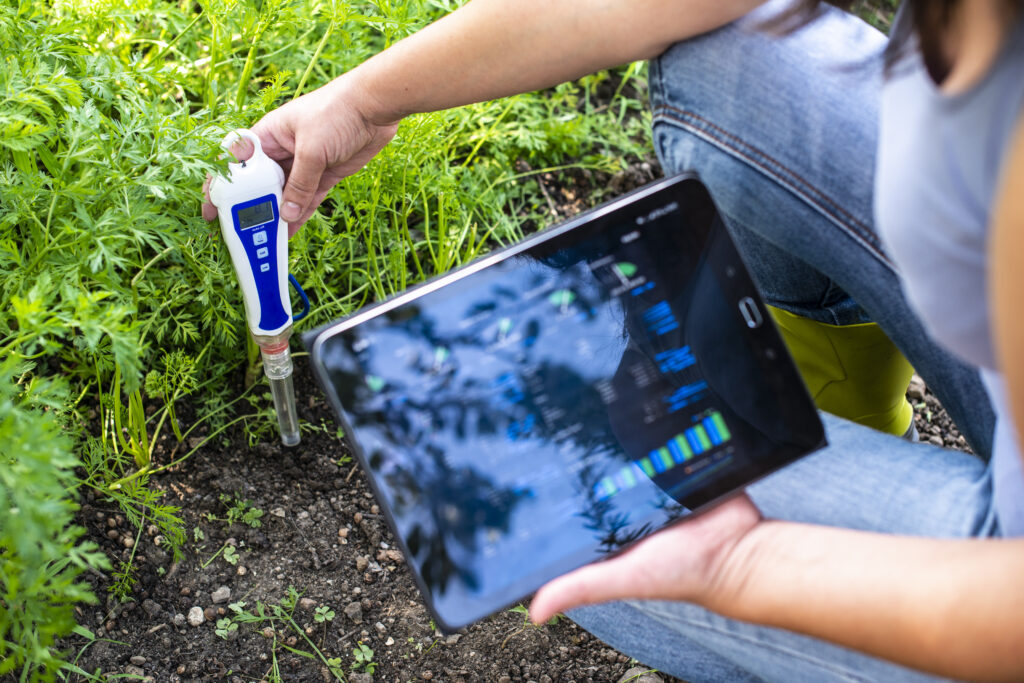
Healthy Soil, Healthy Crops, Healthy Future
Healthy soil is the foundation of sustainable agriculture and high-quality crop production. At Adhrysa, we provide comprehensive soil testing and analysis to help farmers, agribusinesses, and food manufacturers unlock the full potential of their land while ensuring long-term sustainability.
Why Soil Analysis is Essential
Nutrient Profiling – Determines levels of essential macro and micronutrients (NPK, calcium, magnesium, zinc, iron, etc.) to optimize fertilizer application.
Soil Health & Quality – Evaluates pH, salinity, organic matter, and microbial activity to assess soil vitality and productivity.
Crop Suitability – Matches soil conditions with ideal crop selection, enabling smarter cultivation decisions.
Environmental Protection – Prevents overuse of fertilizers and pesticides, reducing runoff and soil degradation.
Regulatory Compliance – Ensures agricultural practices meet national and international food safety and sustainability standards.

What you grow tomorrow depends on what you test today.
Agriculture
Soil testing enables farmers to optimize fertilizer use, leading to healthier crops and higher yields while reducing environmental impact. By understanding the nutrient levels and soil composition, farmers can make informed decisions, improving productivity and sustainability.
Construction
In construction, soil testing ensures the stability and suitability of the soil for building foundations, helping prevent costly structural issues. It provides critical data on soil composition, bearing capacity, and potential hazards, ensuring safe and durable construction projects.
Environmental Conservation
Soil testing also plays a vital role in environmental conservation by identifying contamination and guiding land reclamation efforts. It helps detect pollutants, manage soil health, and promote sustainable land use, ensuring the long-term preservation of ecosystems.
Our Soil Testing Capabilities
Chemical Analysis – pH, salinity, cation exchange capacity, and nutrient profiling.
Physical Analysis – Soil texture, structure, porosity, and water-holding capacity.
Biological Analysis – Microbial diversity, organic matter content, and soil respiration tests.
Contaminant Screening – Detection of heavy metals, pesticide residues, and other pollutants.

